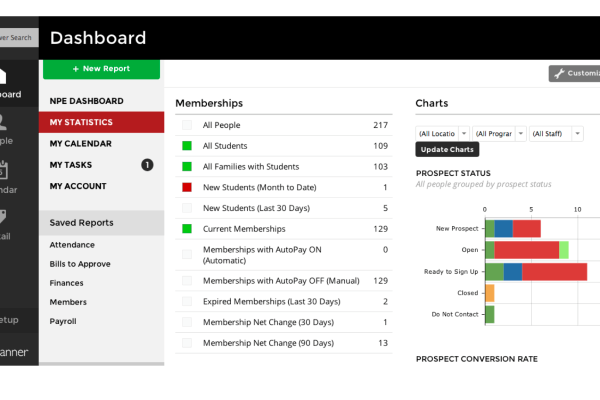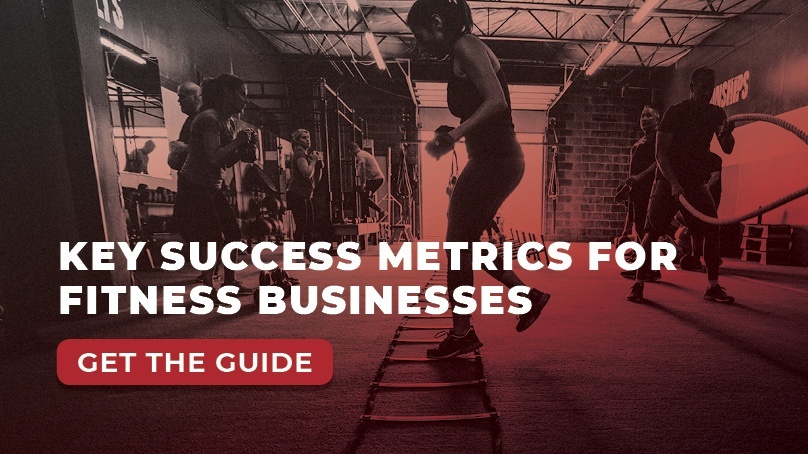3 Key Metrics for Measuring the Health of Your Fitness Business

As the Chief Operating Officer at Zen Planner, I look at metrics constantly. This is because the only way you can understand what’s going on and run a successful business is to know the facts. By measuring those things that matter most, you can clearly understand where you’ve been, where you currently are and what work is left to do before you reach the next critical milestone. A solid understanding of each of these three points in the journey will enable you to manage your business rather than continually reacting to a business that is dictating actions to you.

Metrics to Measure:
While every business is slightly different, there are a few key measurements that serve as touchstones for almost any business model.
- Customer acquisition and retention: Having a clear understanding of the trend in your customer acquisition and retention is a critical metric that allows you to project real business needs including funding, space, personnel and the like. Customer behavior metrics are at the core of key ratios and most forecasting exercises.
- Customer value: Understanding the incremental impact on earning of the next customer gained and the next customer lost positions you to make instant and informed decisions on pricing, promotions and the priority of retaining each of your customers.
- Staff productivity: Finally, having a clear metric on how productive you and your staff members are is key to keeping everyone in the business focused on those things that create customer value rather than on those that distract from value creation.
Identify Leading Indicators:
Each of the above metrics measures outcomes. When I was in consulting, I helped clients determine the key metrics that they should examine weekly, monthly and quarterly. Any business needs to be intentional about putting a limited set of metrics in place that accurately predict those outcomes. These are often called “leading indicators.” For example, for fitness business owners, attendance is often a leading indicator related to customer retention. If you can determine your leading indicators, you can then course correct and react to a decrease in productivity, an increase in customer churn or other metrics that tell you if your business is operating as it should.
Additional Impacts:
It’s essential to also wrap these inwardly focused metrics with metrics that could precede an unexpected impact on your business. Monitoring metrics on the local economic environment (e.g., a layoff of 10,000 people from the biggest local employer last week?) will allow you to anticipate any external pressures impacting price, payment and other customer behavior.
Metrics allow you to measure, anticipate and proactively adjust your business model to account for almost any situation that your business could face. Metrics put you in control.
Want more information to help you keep better track of the financial health of your fitness business? Download our free Fitness Business Metrics Guide. This guide highlights which metrics you should be tracking in an easy-to-follow way.

I’m Coach Kelli, a devoted CrossFit gym owner with 15 years of experience managing my facility, along with owning yoga studios and wellness centers. Beyond the fitness world, I have a passion for cooking, cherish moments with my children and family, and find joy in spending time outside. Having experienced the highs and lows, I’m dedicated to leveraging my expertise to help you grow and succeed on your fitness journey.

I’m Coach Kelli, a devoted CrossFit gym owner with 15 years of experience managing my facility, along with owning yoga studios and wellness centers. Beyond the fitness world, I have a passion for cooking, cherish moments with my children and family, and find joy in spending time outside. Having experienced the highs and lows, I’m dedicated to leveraging my expertise to help you grow and succeed on your fitness journey.







